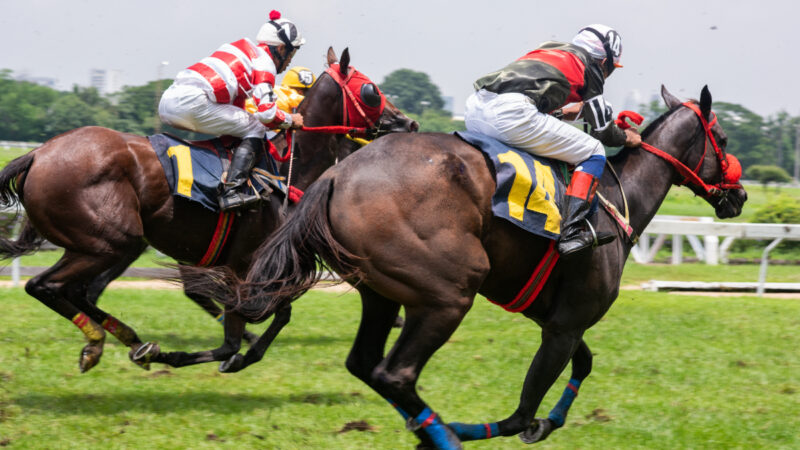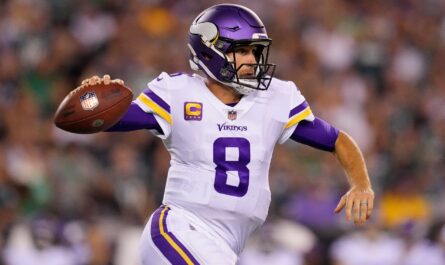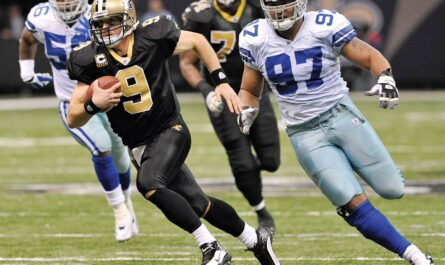A successful bettor is the most popular person at the track. Anyone who can be seen to have chased a few good bets is soon flocked by groupies, hanging onto every one of their words for a “hot tip.”
Granted, many of these people are just looking for a specific betting selection- ie “take the number four to win the second race”- but some are desperately hoping that the bettor will divulge the key to picking winners. The magic word. The secret. But do you want to know the real secret? The real secret behind picking winners is…there is no secret.
There are only really two ways to be successful in betting, according to TwinSpires. One is by sheer dumb luck, such as choosing a 50-1 shot with a catchy name who just happens to have a good day. It happens.
The far more reliable way to be successful is through study: to purchase a racing form or access an online database with PPs and use it to make a logical choice.
Here are the factors to consider when combing the PPs to make your betting selection!
Page Contents
The Track
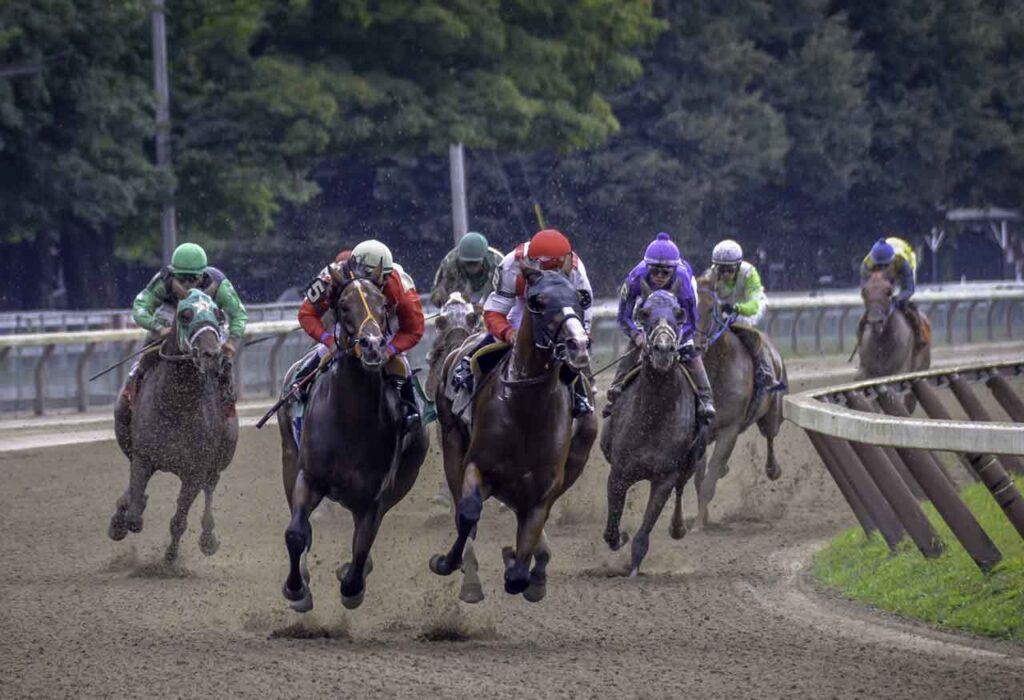
The surface over which a race is run can have a major impact on the outcome.
Consider the condition of the track. Is the dirt dry and fast, or muddy? Is the turf soft or firm? Horses are finicky creatures, and often will not run their best if the track is not to their liking. They also tend to react with surprise if a race presents a track condition they are not familiar with, particularly if it involves dirt or mud being kicked back at them.
One of the more extreme examples of this occurred in 2017, when Thunder Snow ran in the Kentucky Derby. A talented colt who had won graded stakes races in Europe and Asia, Thunder Snow was unprepared for the mud at Churchill Downs and responded to it by bucking several times and quitting the race entirely.
Track conditions can also lead to biases. If the looser bits of the track are gathered in toward the rail, that means that horses running on the inside often have to exert themselves harder to propel forward.
Certain tracks have configurations that favor early speed, others favor closers, and still others play evenly. Paying attention to how the early races on the card play out can help mitigate this when choosing your bets.
The Trainer
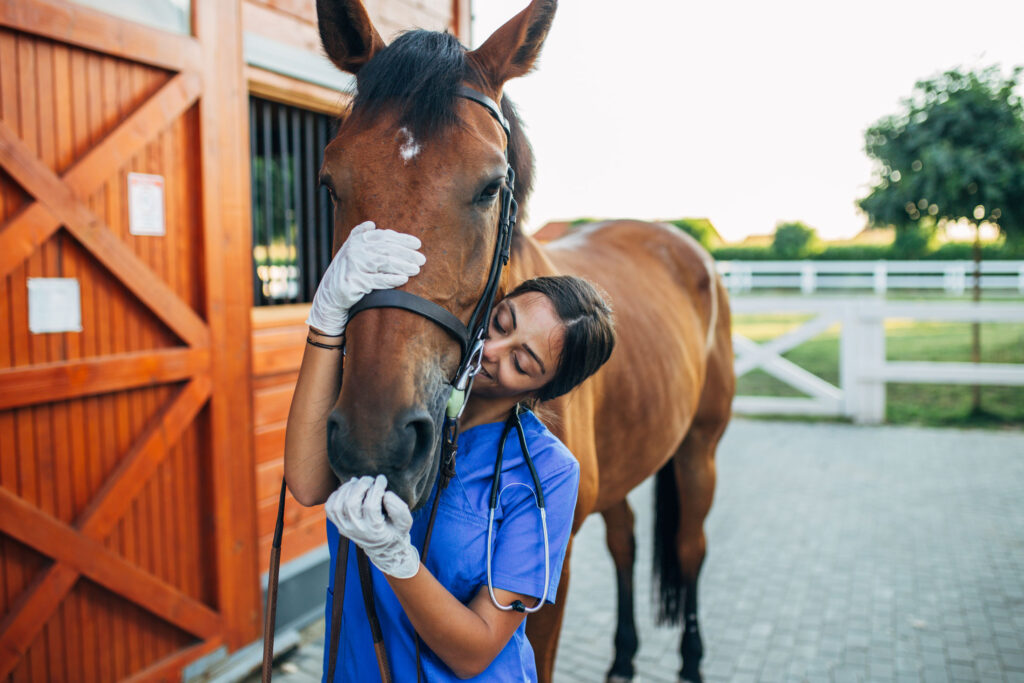
Certain trainers have more success with a particular type of horse than others.
Some trainers specialize in precocious two-year-olds. Some trainers are particularly good at coaching horses back into racing condition when they’ve had some time off. Some are more successful on the turf than they are on the dirt.
All of this information can be found in the PPs. Most PPs will have trainer statistics listed in columns, detailing the condition, such as “first-time starters,” the number of horses they’ve started over a certain time period which have that condition, and the percentages of those starters who won and who finished on the board.
This is typically followed by the trainer’s ROI, or Return On Investment, calculation for that particular condition. This shows the average winning return on a two-dollar bet for that trainer for that condition.
Let’s say you want to find out what kind of return you’re likely to get for a first-time starter for Trainer A. The PPs show the following numbers: 108, 24%, 31%, +67. That means that Trainer A had 108 first-time starters. Of those starters, 26 won and 34 hit the board. The +.67 means that for every two-dollar bet made on one of Trainer A’s first-time starters, the bettor would receive an average profit of $0.67.
Trainers also have affinities for particular locations, just as the horses do. Bob Baffert famously makes his racing home in Southern California, while Saffie Joseph Jr. is the king of Gulfstream Park in Florida. Even lower level trainers, who move from circuit to circuit as the racing meets open and close, tend to have a “home base” track where they have the upper hand against newcomers.
The Jockey
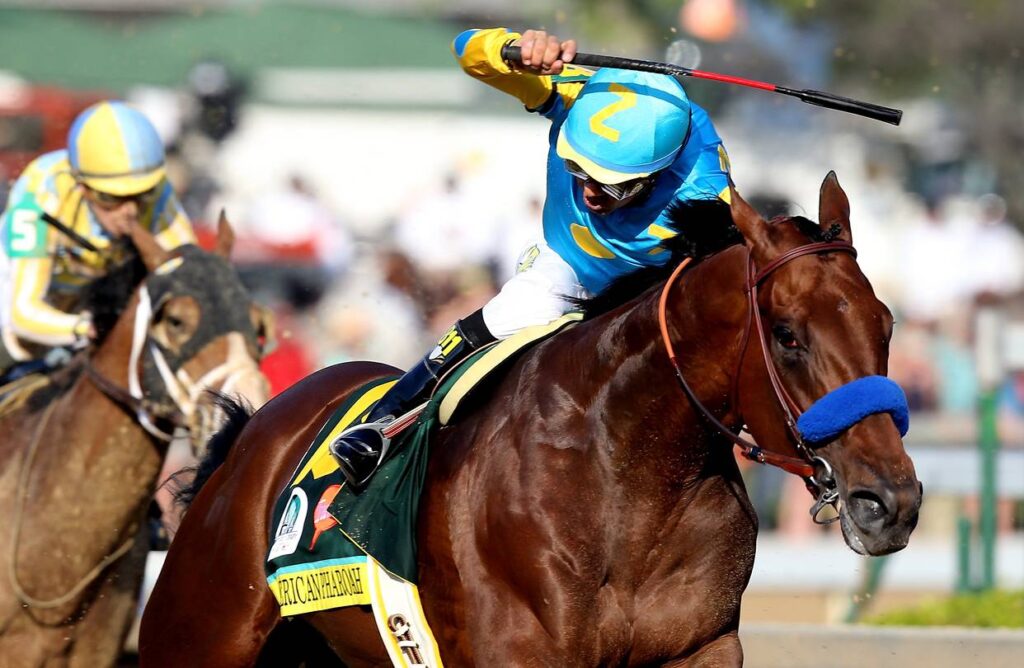
Although a jockey’s overall statistics can be found in the PPs, as with horses and trainers, if the race you are targeting is later in the day, you may have the opportunity to witness your selection’s jockey in action during an earlier race. You can see how the jockey is responding to any apparent track bias, how they interact with their mounts and the other competitors (human and equine), and just in general how well they are doing on a particular day.
Because jockeys can ride hundreds of races per year, consistent patterns in their riding styles can be readily apparent even a few years into their careers.
Hall of Fame jockey Pat Day earned himself the nicknames “Patient Pat” and “Wait All Day” for his habit of waiting until the last minute to rouse his horse for a stretch drive, while fellow Hall of Fame jockey Calvin Borel is known as “Bo-rail” for his trademark rail-hugging rides. Certain race conditions are more likely to play out successfully for a jockey’s particular talents than others.
The Horse
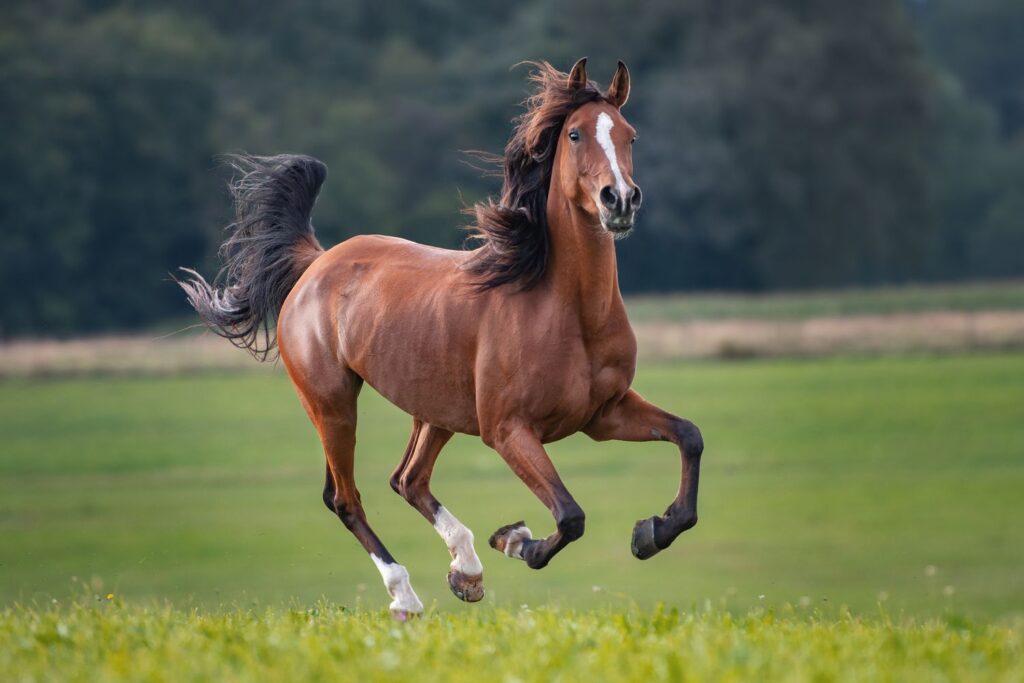
Of course, the horse is the most important factor of all when considering your bet.
Has this horse won at this track? At this distance? At this level? At all?
All of those questions are worth answering, and any racing program or PP database will be able to give you that information. Lifetime PPs list the horse’s identifying information and their human connections, but the bulk of the data is in the list of their lifetime races, which detail where the horse was at varying points of call in each of their lifetime starts. This information not only provides the overall race record of the horse, but also their preferred running style, the amount of time elapsed in between races, and the types of races this horse has competed in.
Of course, races are not run on paper, and if a bettor is serious they will also take the opportunity to watch the horse (whether in person or on television/online) as they prepare for the race. A horse who feels good will be relaxed but interested in their surroundings. A horse who feels nervous or upset will appear agitated and possibly sweaty. A horse who feels tired may have a sluggish appearance.
None of these factors are foolproof, but when considered together, they are more likely to prove successful than any random “hot tip” to be found on the track!
